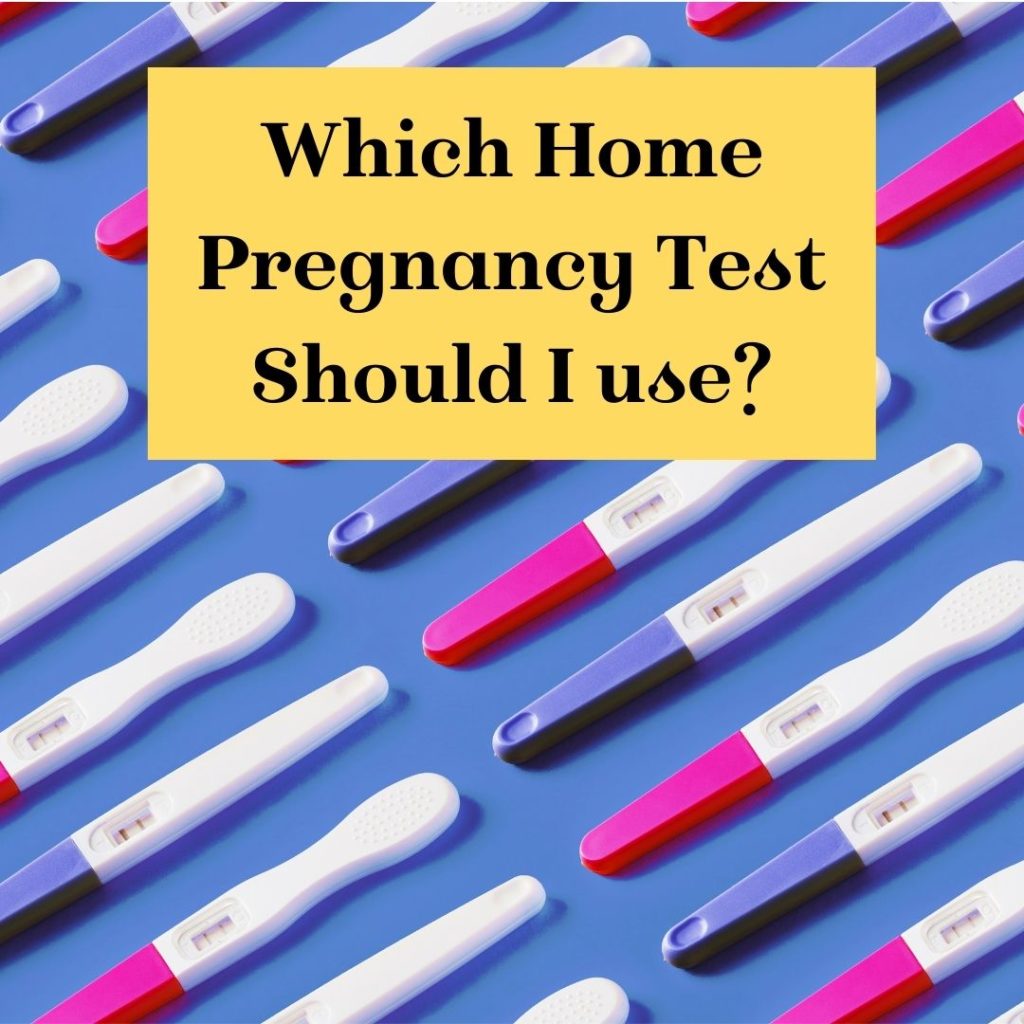I have been chatting about how fabulous our pregnancy tests are for months, but I realised the other day that I have never really explained the differences between a Hoopsy pregnancy test and a plastic one!


This is the biggest difference between a Hoopsy pregnancy test and a plastic one… funnily enough a plastic one is made from about 91% plastic vs 1% for the Hoopsy one. I say about for the plastic test, as the hard plastic makes up 90% of the test, but there is also a plastic coating on the strip of test paper inside which I have generously said is another 1%…. Also, I should add that my scales only measure increments of 1g so aren’t super precise when weighing items that only weigh 10grams in total!
The weight of the amount of plastic in the two pregnancy tests differs dramatically as well, with the plastic one (which was a First Response test) containing 9 grams of plastic versa the Hoopsy one at 0.02 grams. That may not sound like a big difference in terms of grams, and it isn’t really, but multiply it by 12 million which is roughly the number of tests used each year in the UK and the plastic one generates 108,000kgs of plastic whereas the Hoopsy one is only 240kgs. Obviously, I’d love that to be 0, but we are getting there. It makes a BIG difference in terms of plastic going into landfill.




The amount of time each test takes to breakdown in landfill varies dramatically. Unfortunately, we have not been able to get a verified assessment on either test and how long it takes, as there is currently a 12 month wait on composting assessments. We do know that the kind of plastic that the plastic tests are made from takes 20-30 years to breakdown, which is the majority of the material in that test. In a Hoopsy test the majority of it is paper and we know that paper takes 6-8 weeks to breakdown. Obviously, the Hoopsy test will take slightly longer than 8 weeks due to the tiny piece of plastic in it, but it is not going to be 20 years longer….






A plastic pregnancy test is bigger than a Hoopsy test just due to the nature of the materials used, therefore it takes up around 5 times more space in landfill when it is thrown in the bin. Big deal you might think… But many countries including the UK are running out of landfill space, it is something that we as consumers need to consider.


So which test would you choose? Tell me in the comments below




